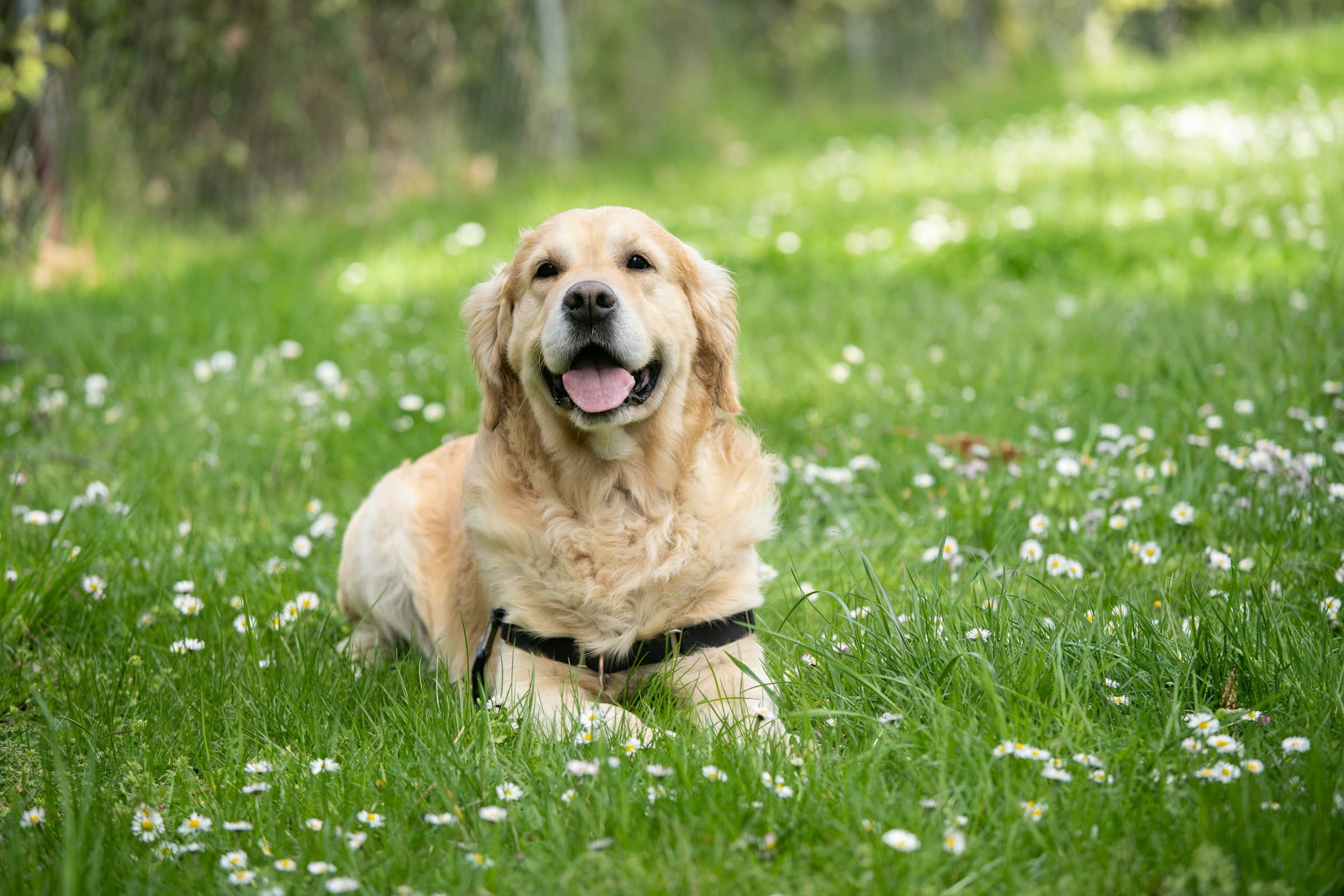Caring for a senior dog that has been diagnosed with degenerative myelopathy (DM) can be challenging. This fatal disease, known to affect the spinal cord and result in the progressive loss of mobility in the hind legs, requires devoted care and attention. However, with the right support and care, you can help your furry friend to live a comfortable life, even as they battle this debilitating condition. This article will provide you with an understanding of what degenerative myelopathy is, its symptoms, and how to take care of your pet dealing with this disease.
Understanding Degenerative Myelopathy
Before delving into the care tips, it’s essential to understand what degenerative myelopathy is and how it affects your dog.
Topic to read : How to Monitor and Adjust the Humidity Levels in a Dart Frog Vivarium?
Degenerative myelopathy is a progressive disease of the spinal cord in older dogs. It begins with the loss of coordination in the hind legs. As time passes, the disease progresses, leading to weakness and eventually paralysis. Although it is a severe condition, it’s important to know that it is not painful for your pet, which may provide some comfort.
The exact cause of degenerative myelopathy remains unknown. It is believed to be an autoimmune disease, where the body attacks its nervous system. Certain breeds, such as German Shepherds, Corgis, and Boxers, are genetically predisposed to this disease, but it can affect any breed.
Also read : What Are the Signs of Over-Exertion in a Dog during Agility Training?
Recognizing the Symptoms of Degenerative Myelopathy
Early detection of degenerative myelopathy can be crucial in managing the disease and ensuring your pet’s comfort. By recognizing the symptoms early enough, you can initiate supportive care and provide your dog with the best quality of life possible.
The disease typically begins with weakness in the hind legs. Your dog may stumble, drag their feet or have trouble standing up. Over time, these symptoms will worsen, and your dog may struggle to walk or even stand.
Other signs include loss of muscle mass in the hind limbs, loss of reflexes, and difficulty controlling bowel movements or urination. As the disease progresses, it can impact the front legs, making eating and drinking difficult.
If your pet shows any signs of these symptoms, it is crucial to take them to the vet immediately. They will perform a series of tests to rule out other potential diagnoses and confirm degenerative myelopathy.
Helping Your Dog Maintain Mobility
Once your dog is diagnosed with degenerative myelopathy, your main goal will be to help them maintain their mobility for as long as possible.
Physical therapy, such as hydrotherapy or guided exercises, can help slow down the progression of the disease by maintaining muscle strength and improving coordination. It’s important to keep your dog active, but be mindful not to overexert them.
Assistive devices like harnesses, slings, or wheelchairs can also provide support to your pet. Harnesses can help you lift your dog without causing discomfort, while wheelchairs can provide mobility when your dog struggles to move on their own. These tools can significantly improve your pet’s quality of life and allow them to continue enjoying their favorite activities.
Providing Other Supportive Care
Beyond mobility, there are other aspects of care to consider when managing degenerative myelopathy.
Because your pet may struggle with bowel and bladder control, you may need to assist them with toileting. Diapers or pee pads can be handy for managing incontinence. Regular grooming is necessary to keep your pet clean and comfortable, especially if they are unable to groom themselves.
You can also make modifications to your home environment to cater to your pet’s needs. For instance, laying non-slip mats around your home can help your dog move more easily and safely.
Your vet may also recommend dietary changes or supplements to support your dog’s overall health. Always consult your vet before adding any new diet or supplement to your pet’s regimen.
Emotional Support is Crucial
Despite the physical limitations brought on by degenerative myelopathy, your dog will still need emotional care and support. While it’s natural to feel sad or overwhelmed, try to maintain a positive attitude around your pet. Dogs are incredibly intuitive and can pick up on their owner’s emotions.
Spend quality time with your pet, offering them lots of love and attention. Your dog’s mental well-being plays a significant role in their overall health, so keep them engaged with toys, puzzles, and company.
Remember, caring for a senior dog with degenerative myelopathy can be challenging, but your love and dedication can make a massive difference in their life. With the right care, you can ensure their remaining time is comfortable and filled with happiness.
Collaborating with a Professional Physical Therapist
A crucial part of managing degenerative myelopathy in dogs involves working with a professional physical therapist. The right therapist can design a tailored exercise program that benefits your dog’s condition while ensuring they don’t overstrain themselves.
In particular, hydrotherapy can be an extremely beneficial form of physical therapy for dogs with degenerative myelopathy. This type of therapy involves the use of water to help reduce the impact on your dog’s hind legs while simultaneously promoting strength and coordination. It allows your pet to exercise their hind limbs without bearing their full weight, making it a less strenuous way to keep them active.
Moreover, a physical therapist can teach you the correct way to perform range of motion exercises with your dog at home. These exercises involve moving your dog’s hind legs to improve joint flexibility and muscle strength.
Remember that each dog will have a different response and tolerance to physical therapy. Always monitor your dog’s reaction during the sessions and report any discomfort or changes to the therapist. By doing so, the professional can adjust the therapy program to suit your dog’s condition and comfort level.
The Use of Adaptive Equipment for Dogs with Degenerative Myelopathy
As your dog’s hind leg strength and mobility decrease due to degenerative myelopathy, you may need to introduce adaptive equipment to help them move around more comfortably.
A dog wheelchair can be a game-changer for dogs with advanced degenerative myelopathy. This device provides the necessary support for your dog to move around, play, and even exercise, thereby improving their quality of life. When selecting a wheelchair, ensure it’s the correct size for your dog and can be adjusted to suit their needs.
Harnesses and slings are other types of assistive equipment that can help with mobility. A harness can provide support for a dog with weak hind legs, allowing them to walk with less strain. A sling, on the other hand, can help you lift and assist your dog without causing discomfort or risk of injury.
Besides mobility aids, consider using non-slip mats. These can provide traction for your dog, preventing slipping and making it easier for them to move around.
Remember, the goal of using adaptive equipment is to help your dog maintain an active and fulfilling life despite their physical limitations.
Conclusion
Caring for a senior dog with degenerative myelopathy can be a challenging journey filled with lots of changes and adjustments. However, with a good understanding of the disease, early detection, committed physical therapy, the assistance of adaptive equipment, and providing emotional support, you can significantly enhance your dog’s quality of life.
It’s important to remember that dogs with degenerative myelopathy do not experience pain due to the disease. They can continue to lead joyful lives filled with love and affection. Your dedication, patience, and love can make all the difference in their world.
In this journey, always work in close collaboration with your vet and other professionals, such as a physical therapist, to provide the best care for your senior dog. With the right support and care, your furry friend can continue to enjoy their golden years despite the challenges posed by degenerative myelopathy.












